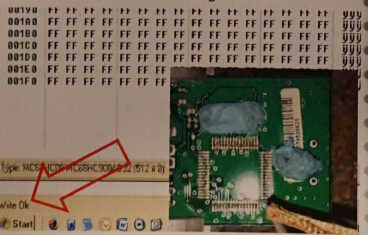This post show a guide on how to program keys for Chrysler SEBRING 2006.
What device used in this guide?
Reader:Orange 5
Programmer:Tango
Original Transponder:46
Usable Transponder(s):7936
And check here for more:Chrysler Key Programming
Note:In your OBD programmer,this sytem is probably called “Type 2”.The PIN can be pulled and key programmed via the OBD by a limited number of programmers.This section will be a bit challenging due to the desolder of the target device,a 64 leg mcu.We will use the ORG5 for reading/writing,which in turn requires the device to be soldered and then desoldered from the ORG5 adaptor.So by the time you are done,you will have desoldered and resoldered this device 4 times.Practice.
Procedures:
Our target module is the immo ring around the ignition lock.Start by removing the 2 screws securing the bottom shroud.
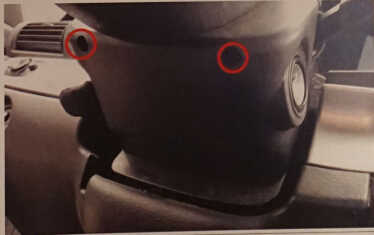
It is a tight removal,but the lower shroud can be removed from the dash.I do not remove the lower kick panel but some technicians prefer to.
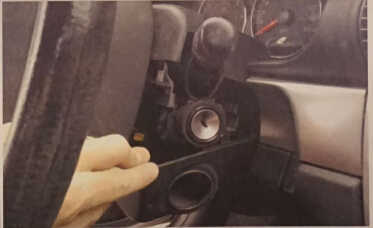
Note:With a limited number of OBD tools you can extract the PIN code for key programming from the port.And with an even more limited number of tools you can “marry” the immo ring to the vehicle.With some advanced EEPROM work,you can do both,and even utilize salvaged rings.This system was used on a huge number of vehicles,resulting in lots of used parts available.
You can unbolt the bracket that secures the immo ring to the column,or in may case,I slide the module off the bracket.
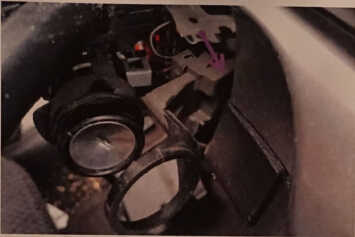
The target module on the bench.Label says this is an immo3.A small flat head removes the cover easily.And there is a surprise underneath.
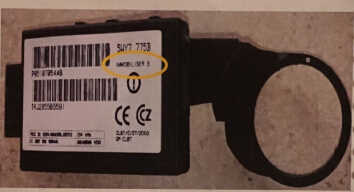
The device isn’t visible.It has to be on the reverse of the circuit board.The 2 aerial pins hold the board in the plastic box.
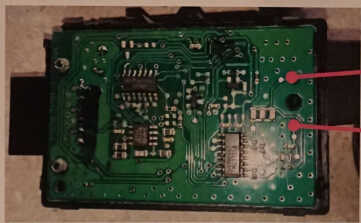
If you are fortunate enough to own a solder,these should be no problem.I have flux,wick,and a simple solder station.
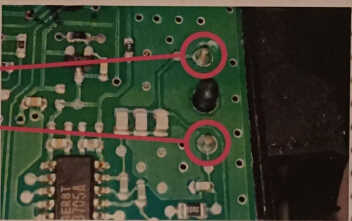
But that will work.Apply flux to the wick,then lasso the iron with the wick.This method can remove the large amount of solder around the pins.
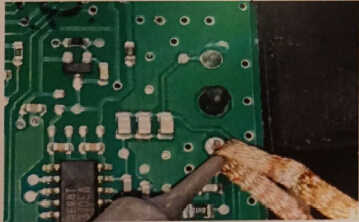
You can see here in the close up that most of the solder has been extracted.
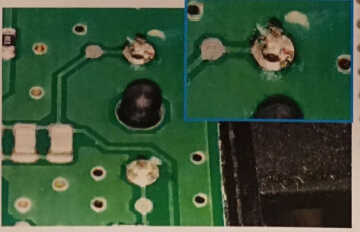
From here,I alternate heating each of the pins and applying lifting tension.”Seesaw” the board upward,until it clears the pins.There is a risk of pulling the pins out of the plastic and severing the antenna connection.
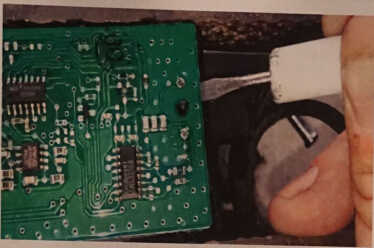
Finally we can see our Target device.64 leg quad-fat pack (QFP).Pin 1 is plainly visible.Make sure you mark the board for orientabion of the device when w return it.Lets more specifically identify this device.
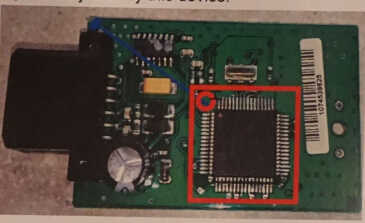
The collection of dots on the top row is the Freescal aka Motorla emblem.The third row is called the Mask.Usually a number ,letter,number,letter format.Occasionally the first number will be absent.In short,this Mask translates to how this device was configured internally at Motorola.”Google” Freescale or Motorola,or data sheet and the mask for a more specific breakdown of this device type.
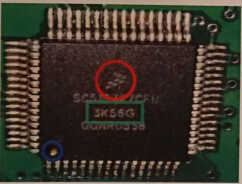
I searched “Data Sheet 3K56G” and the first result was a web sight that shows the Mask translation on the first page.Mask 3K56G=MC68HC908AB32.
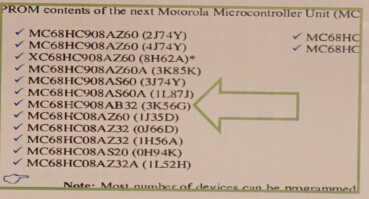
We are ready to desolder.But you should have noticed the small components near the device.So protect them with thermal tape or poster tack etc.
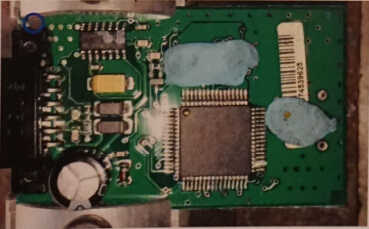
Circle the device with your hot air,and gently lift the device from its corners.With practice and patients and perspiration,this should be easy.If you’re nervous,you are missing one of those ingredients.
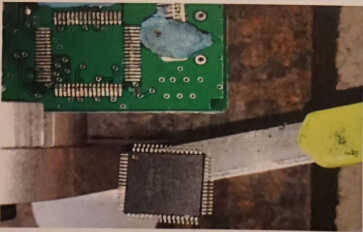
Now we open the Orange 5 sw and select our device under Select Typeà4MTRKàMC68HC08àMC68HC908AB32.
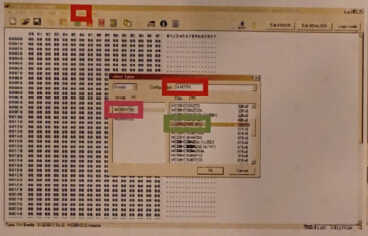
Once the device is selected correctly,note in the bottom left corner,the Orange 5 adaptor that is required is displayed.
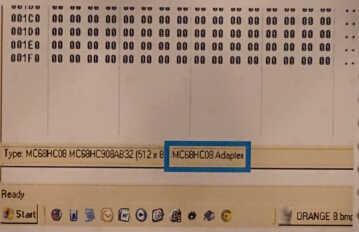
If you own the Orange 5 with all its adaptors,dig thru them and locate this one,if you bought the Orange 5 a la carte,you will probably have to order this part.
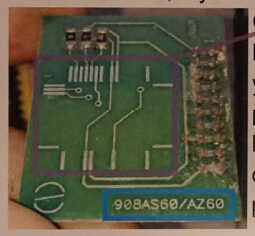
Flux the pads and legs,square the device on the apaptor with PIN 1 Oriented.Now you should be ready to solder the legs,note most of the legs don’t have pads to solder to.
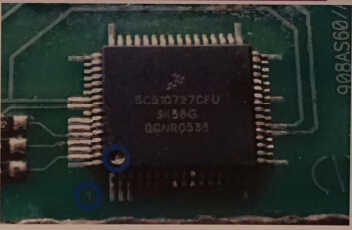
Here is the device soldered and installed into the hardware.The adaptor only inserts in one direction.You can always click the help menu in the sw for more details or instructions.
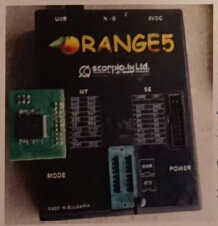
Once all the connection are established,you can click Green “Read” button.And watch the pop up box verify all goes well.
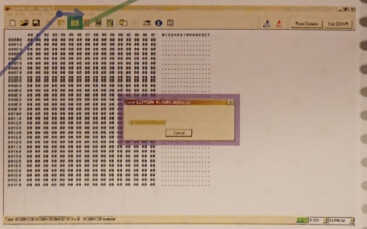
This is our first BIN file.But we shouldn’t trust it till we compare on time.
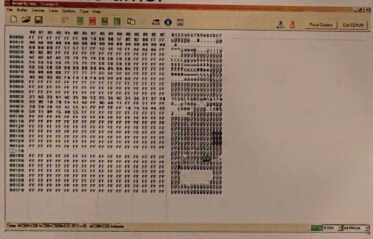
Click the Yellow “Compare” button and in the button left of the screen you should receive the “Compare OK” message.
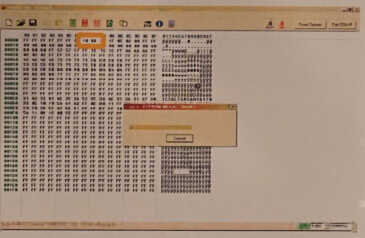
With a good compare,we can save the file.Menu BaràFileàSave or Save ASàthen name the file something appropriate.
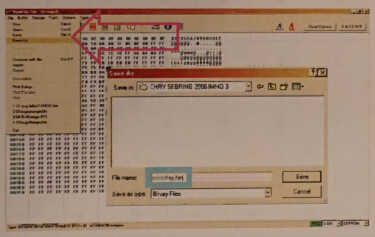
Connect and open the Tango software.Region USAàChrysleràSebringà2001(MC68HC08).Note the slight differences in the device identifier.
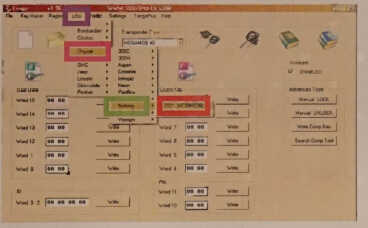
The Blue “File” button and then double click the ORG5 file you just created.
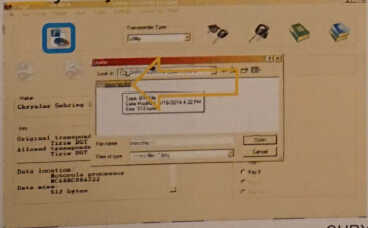
The Tango recognized the file,so the options screen comes up.To see the PIN,click the “i” button.There are 5 keys programmed already.
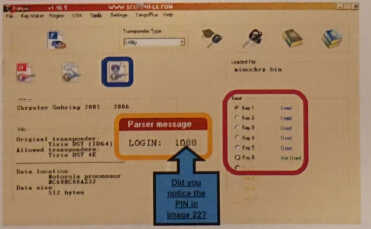
When you are ready,insert a usable transponder into the Tango and select the desired key slot.
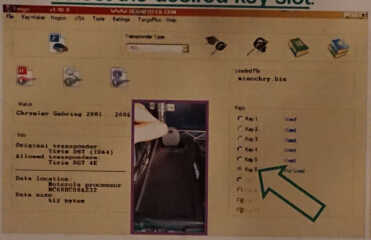
Now that you are prepared,click the Red “Write” button and then this pop-up allows you to name the new file.Remember Never overwrite the original file.
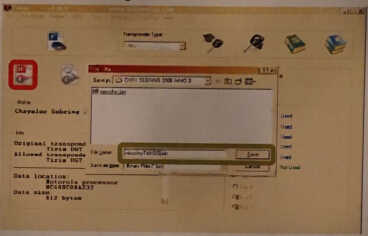
This message reminds us that since we converted the file,not clone out,we must rewrite the device to complete the programming process.
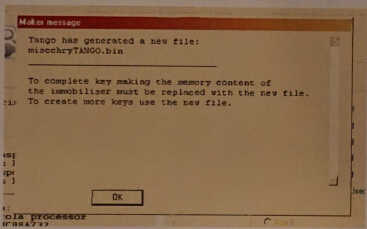
Back at the Orange 5,open the file we just created on the Tango.Verify that the BIN populates the backround.
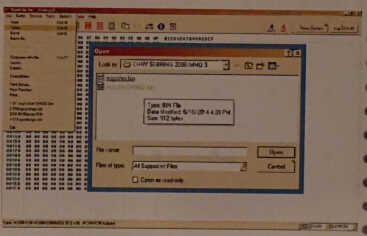
Assuming the device is still installed in the ORG5,click OK to confirm write.
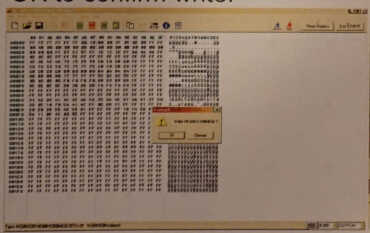
In the bottom left of the ORG5 home screen you should get the Write OK message.Don’t forget you still have to desolder and resolder the device to the target board.
